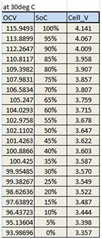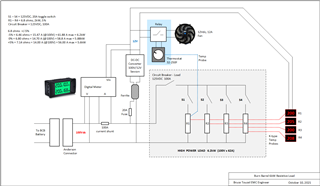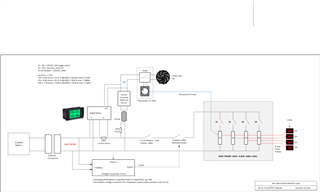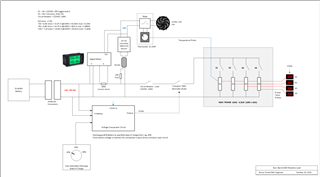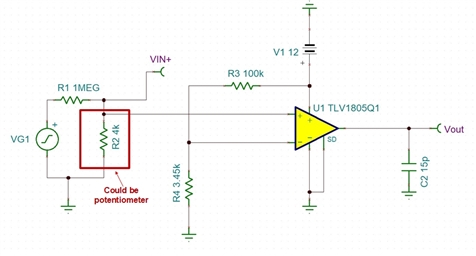Hello,
Application:
I am building a high power resistive load to discharge an EV battery which can vary 116Vdc to 93Vdc, depending on the state of charge (SoC). Attached chart showing relation between EV battery voltage and SoC.
Typically I would manually shutoff the discharge once it reached 20% or 30% SoC.
For my idea, I want it to automatically stop discharging at a predetermined voltage or SoC, so I dont have to babysit this.
> What I think design requires. (I'm not a electrical designer but here is what I think I need.)
I believe this requires a voltage comparator circuit. comparing the EV battery high voltage versus a predetermined SoC voltage.
Then once both voltages are equal, the output of opamp drives a contactor to open the resistive load ?
Since the SoC setting can vary, depending on the user or situation, I don't know how you would vary the SoC voltage setting.
Also, since the EV battery is high voltage, the resistor devider network should be high in value to reduce high current flow ?
Thank you